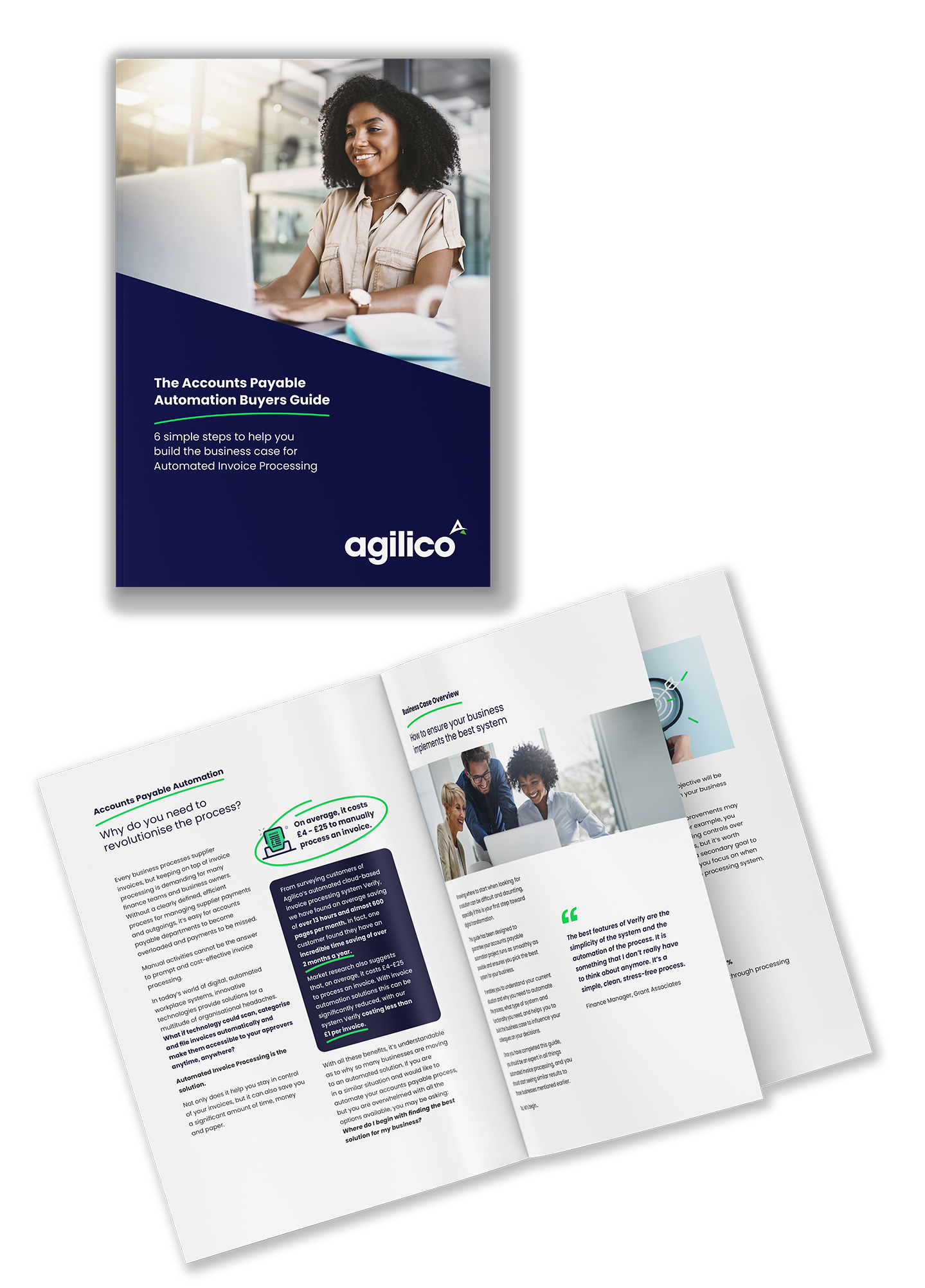Manual invoice processing is not only time-consuming but also expensive. In fact, on average, it costs between £4 – £25, to manually process a single invoice.
For businesses handling hundreds or thousands of invoices every month, these costs can quickly add up, reducing your overall profitability. If you’re looking to cut costs and improve efficiency, automating your accounts payable process is the solution you need. But to get the green light from decision-makers, you’ll need a business case. In this post, we’ll guide you through the steps to build a compelling business case for accounts payable automation.

The Benefits of Accounts Payable Automation
In today’s digital landscape, efficiency and cost-effectiveness are key. Accounts payable automation, such as Verify automated invoice processing software, is emerging as the solution for organisations looking to streamline their financial processes.
By using innovative technology to automate invoice processing, businesses can remove manual data entry, reduce errors, and speed up approval workflows. This not only boosts efficiency but also frees up finance teams to focus on strategic tasks rather than dealing with paperwork.
The Importance of Building a Strong Business Case
As the demand for faster and more accurate financial operations grows, presenting a compelling business case for automation has never been more important.
A solid business case provides clear justification for the investment, outlining the potential return on investment (ROI), cost savings, and productivity gains. It enables decision-makers to understand the tangible benefits of automation, paving the way for approval and implementation.


A Step-by-Step Guide
We’ve put together a free guide, Accounts Payable Automation Buyer’s Guide: 6 Simple Steps to Help You Build the Business Case for Automated Invoice Processing, that will equip you with the tools and insights you’ll need to build a persuasive business case. And we’ve created a free Sample Business Case with detailed examples of the sections your business case should include.
The guide outlines essential steps to follow for implementing AP automation in your organisation. You will learn how to assess your current situation, define your goals, identify necessary system features and functionalities, and understand what to look for when researching solutions.
Once you complete these steps, you’ll have the information you need to create a business case that resonates with stakeholders and drives your organisation toward a more efficient future.
Building the Business Case
If you’ve followed the earlier steps in the guide, you’re ready to start building your business case.
Each stage of the guide is designed to help shape and inform your business case, ensuring that it addresses the key considerations for a successful implementation of accounts payable automation.
Your business case should include an executive summary, a description of your chosen solution, an overview of costs, a summary of software benefits, an execution timeline and a project governance section identifying the key individuals involved and their roles.
As you build your business case, tailor the content for finance and IT stakeholders by balancing technical details with both tangible and intangible benefits of the automation solution. Use insights from your chosen supplier to enhance your case; they can provide expertise on system benefits, guidance on potential upgrades or integrations, and support stakeholder engagement through demos and consultations.
By incorporating these elements, you can effectively communicate the value of accounts payable automation to decision-makers, helping to achieve a successful project implementation.


Ready to Build Your Business Case for Invoice Automation?
Download our in-depth Accounts Payable Automation Buyer’s Guide: 6 Simple Steps to Help You Build the Business Case for Automated Invoice Processing to get started.
This guide provides practical tips, essential steps, and clear guidance on gathering the information you need to create a powerful business case.
Plus, download our Sample Business Case, complete with detailed examples for every section your business case should include.
Complete the form below to download your free guide and sample business case.



